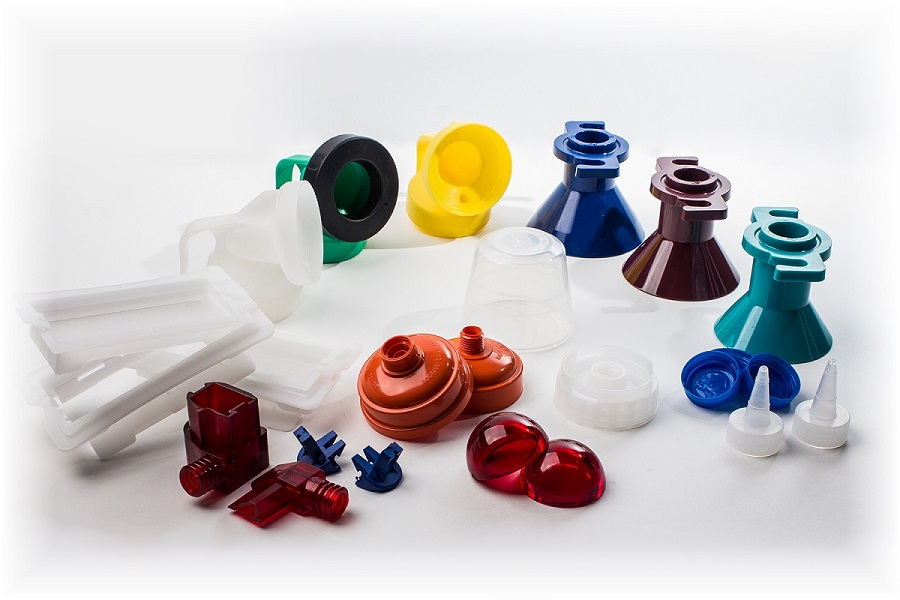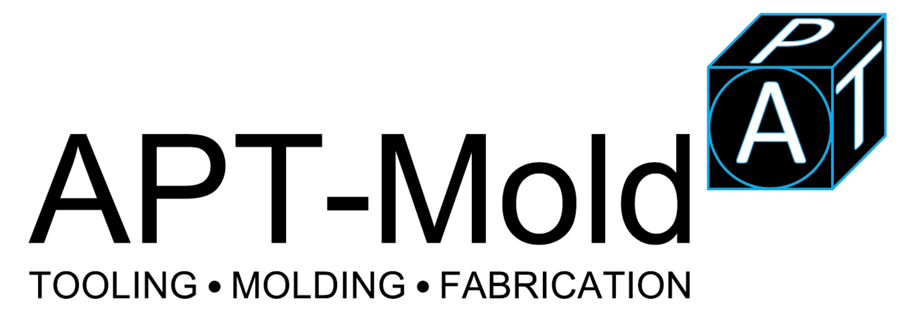Plastic injection molding is very popular as well as commonly used process in manufacturing industry mainly for the fabrication of parts which are made of plastic. There are wide varieties of parts which are manufactured by using this injection molding. These products may vary in application, complexity, and their size.
In this injection molding manufacturing process, they use raw plastic material, mold, and injection molding machines. These are necessary for the manufacturing of plastic injection molding. Initially the plastic raw material is melted inside the injection molding machine. Later this melted plastic is injected into the mold. Here inside the mold that plastic cools down and turns into solidified final product.
There are wide varieties of applications which require thin- walled plastic parts. So, these thin- walled plastic parts are most common part of manufacturing injection molding. These are used for many applications and most importantly for plastic housings. This plastic housing is nothing but a thin- walled enclosure which demands many bosses and ribs for the interior.
These plastic housings are commonly used in varieties of household appliances, power tools, consumer electronics, and even in automotive dashboards. Other than this they are also used in open containers like buckets as well. Injection molding is also utilized for the production of everyday items like small plastic toys and toothbrushes. There are medical devices like syringes and valves which are also produced through injection molding.

plastic injection molding, *picture from rpmindinc.com
Injection molding: process cycle
The process cycle of this injection molding is really short. This usually takes 2 seconds to 2 minutes. There are mainly 4 stages in this injection molding process. They are
- Clamping
- Injection
- Cooling
- Ejection
Clamping:
Even before the injection of raw material into the mold, it is very important to make sure that the 2 halves of the mold are securely closed into the clamping unit. Here each half of the injection mold is attached into the injection molding machine and the other half is left to slide. There exist clamping units which is hydraulically powered which pushes the mold halves and gives enough force. This ensures that mold is securely closed at the time when the melted material is injected to the mold.
Depending on the machine one must decide the time which is needed to close as well as clamp the mold. In this case larger machines may need more time. This time is can also be estimated using the dry cycle time of the injection molding machine.
Injection:
The raw plastic material which is required here will be in the form of pallets. This is fed into injection molding machine. Through the injection unit, this will be pushed towards the mold. But using pressure and heat, material will get melted.
Once the plastic is melted immediately it is injected into the mold. At this point, high pressure is used to hold and pack the material in the mold. The term shot is used for amount of material which is injected into the mold. The time of injection is really difficult to calculate. This is because of complex as well as changing flow of the melted plastic which goes into the mold. But by using shot volume, injection power and injection pressure they calculate the injection time.
Cooling:
As soon as the molten plastic contacts with the interior of the mold surface, it begins to cool. As it cools slowly, it will take the required shape and solidifies. There is chance that shrinkage may occur when it cools. To reduce this significant shrinkage they will put additional material at the time of packaging. Once the desired cooling time is elapsed, mold can be opened. Maximum wall thickness of product and thermodynamic properties of the material used, it is possible to calculate the cooling time.
Ejection:
By using ejection system, once the sufficient cooling time is passed, cooled part must be ejected from the mold. Ejection system will be present at the rear half of mold. Once the mold is opened, there is a mechanism which is applied to push the part out of mold.
There must be a force to eject the part from the mold. This is because when the cooling happens part usually shrinks and it may get adhere to mold. To support this ejection of the cooled part, they will spray a mold release agent. This should be sprayed into surfaces of the mold and this must be done even before the injection of the material into the mold. Through using dry cycle time, it is possible to estimate the time taken to eject and open the mold. Dry cycle time is unique for each machine and this will also include the time which is taken for the part to fall from the mold. Once the produced part is ejected from the machine, again the mold is clamped shut and ready for the next shot which is to be injected.
Even after the injection molding cycle is completed there will be some work like post processing. This is typically required for all types of parts. When cooling happens material gets solidifies and gets attached to the part. In case if there is any excess material and flash which may be occurred must be trimmed from the part. So, there will be some post processing work.
